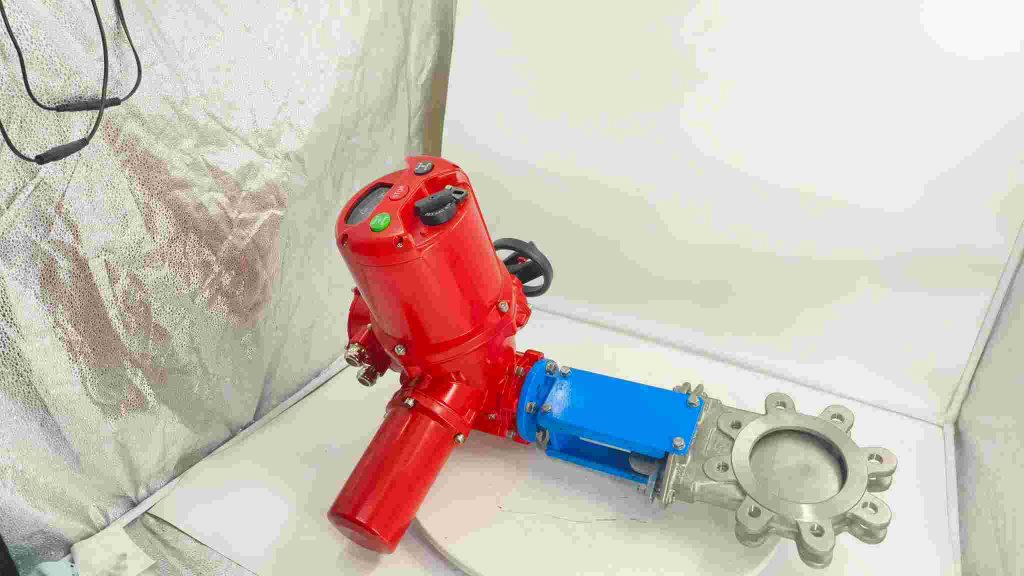Electric gate valves are a crucial component in many industrial systems, providing an automated and efficient solution for controlling the flow of liquids and gases through pipelines. These valves are primarily used for on/off control applications, where precise and reliable flow regulation is required. This article explores the working principle, key features, and applications of electric gate valves, shedding light on their significance in various industries.

Working Principle of Electric Gate Valves

An electric gate valve functions through a combination of mechanical and electrical components. The valve consists of a valve body, a gate or disc, a stem, and an actuator. The electric actuator is the primary driving force behind the valve’s operation. When an electrical signal is received from a control system, the actuator drives the valve’s stem, which in turn raises or lowers the gate to either open or close the valve. The gate within the valve is typically made of a durable material like stainless steel, and it slides vertically within the valve body. When the valve is in the open position, the gate is fully retracted, allowing for maximum flow of the fluid. Conversely, when the valve is closed, the gate is pressed tightly against the seat, effectively blocking the flow.
